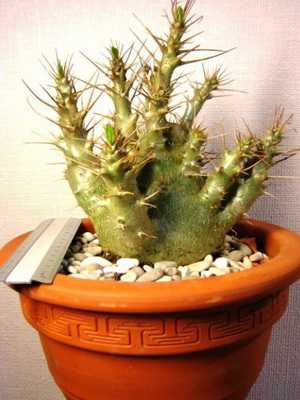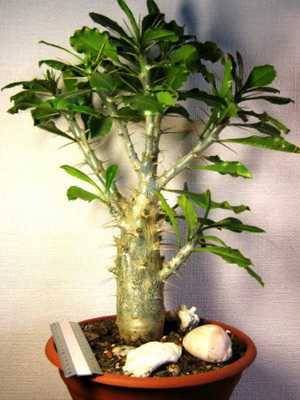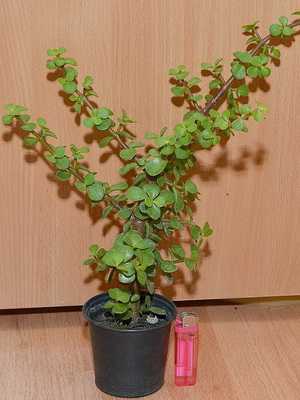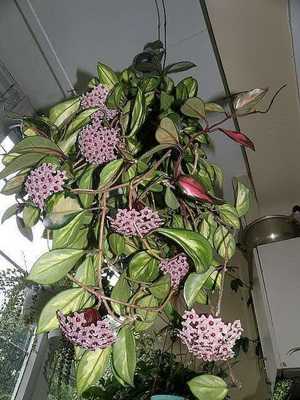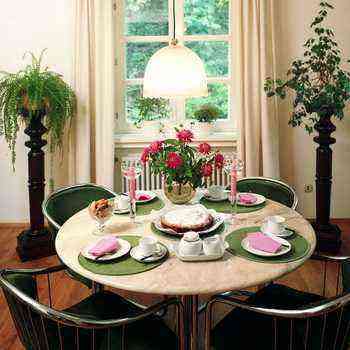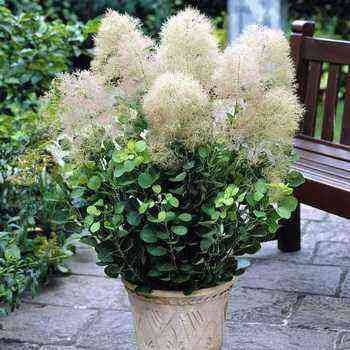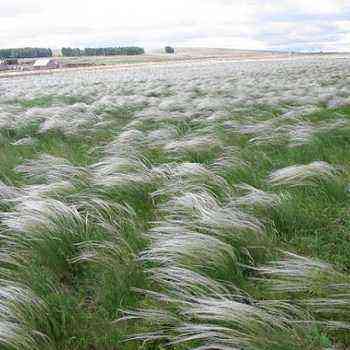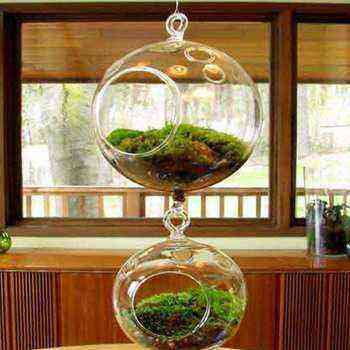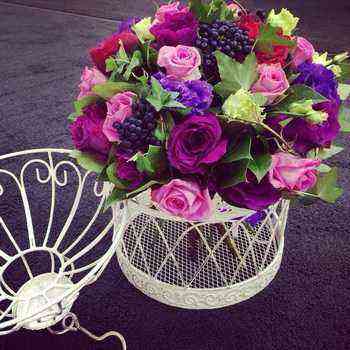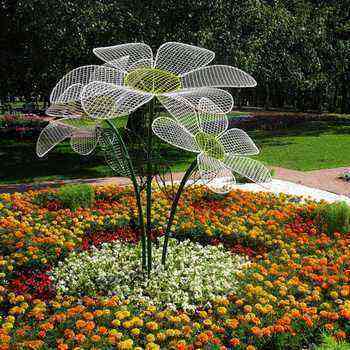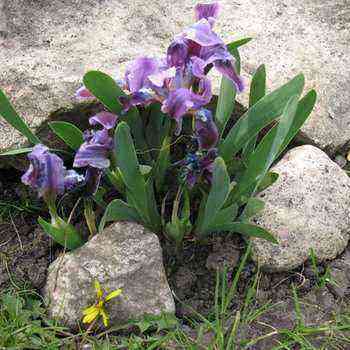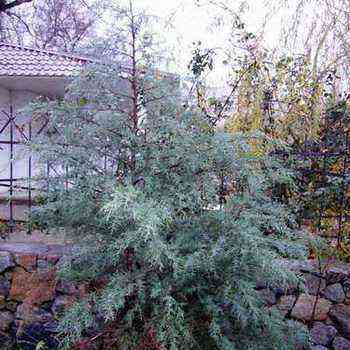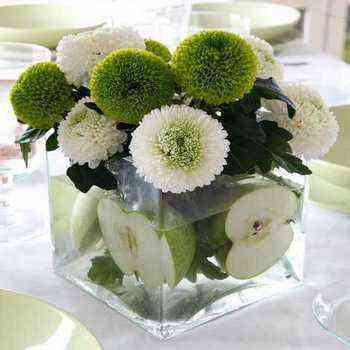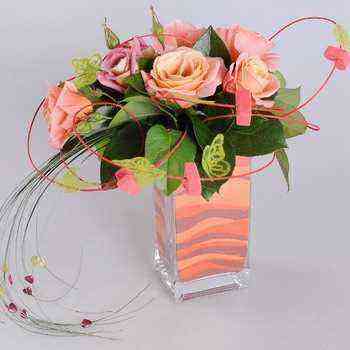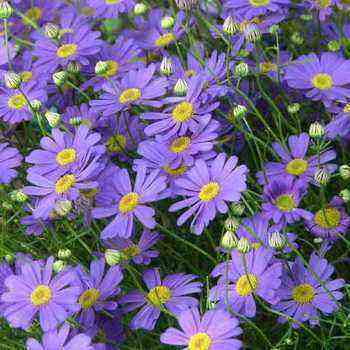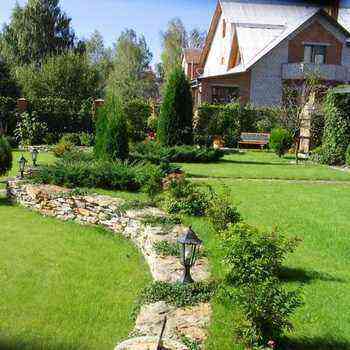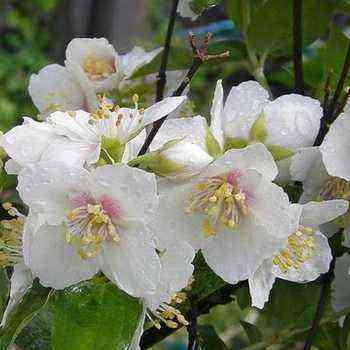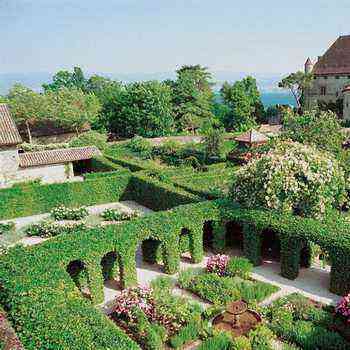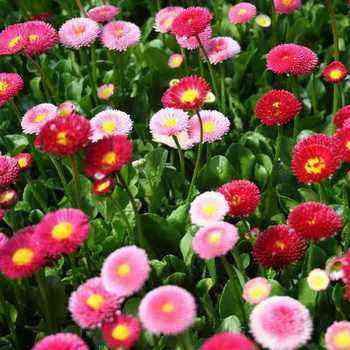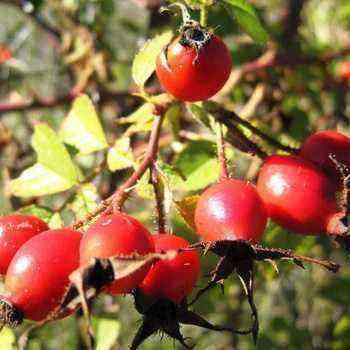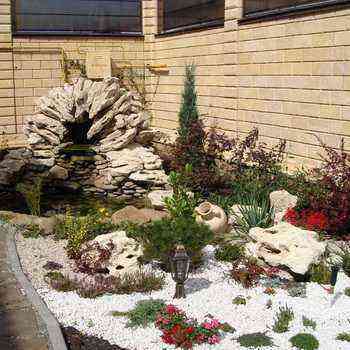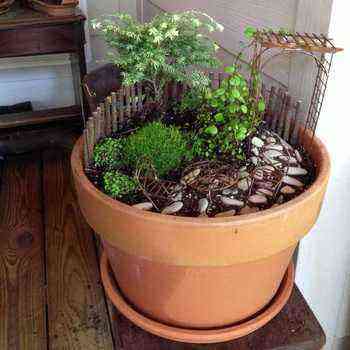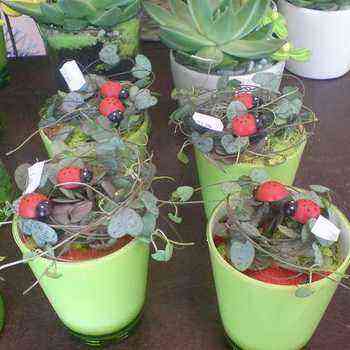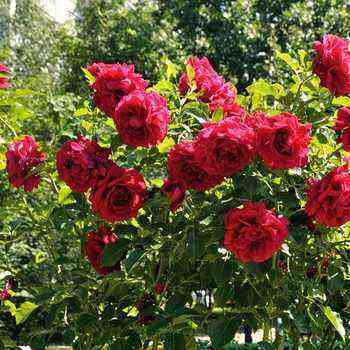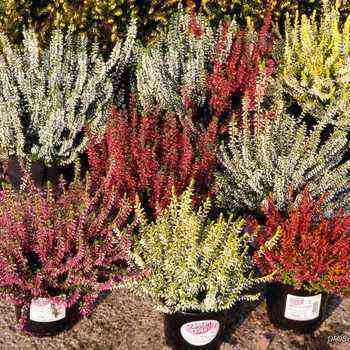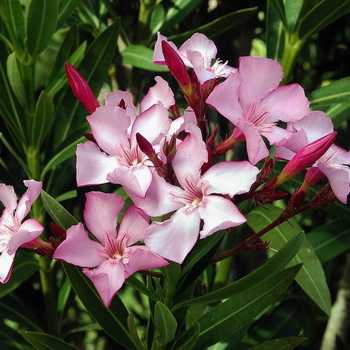
Plants from the Kutrovy family: adeniums and pachypodiums
Let’s start with a description and photo of the Kutrovs called adenium and pachypodium.
Adeniums (Adenium) and pachypodiums (Pachipodium) – two African genus kutrovy. These are true succulents belonging to the tree-stemmed succulents group. But some representatives of these genera have a pronounced thickening at the base, partially succulent branches and periodically falling leaves. The flowers are five-membered, collected in small inflorescences, white, pink, red, yellow. In nature, these representatives of the Kutrov family can reach 10 meters in height.
Adeniums and pachypodiums are rare in culture and quite demanding, but their unusual appearance and decorativeness constantly attract attention. It is essential that each specimen forms an individual, unique “sculpture” from the swollen base of the stem and branches.
Pachypodiums – an excellent object for the formation of bonsai. We can say that these plants are among the most sophisticated and fashionable succulents.
Adeniums and pachypodiums need a nutritious loose earthen mixture, a lot of sunlight and heat (in winter – not lower than 15 ° C), completely dry in winter. They grow extremely slowly, and propagate them mainly by seeds.
Representative of the family Kutrovye ceropegia
Ceropegia (Ceropegia) – a relatively little-known genus of plants from the Kutrovy family, numbering more than one and a half hundred species, now belongs to the same family. Among the ceropegia, epiphytic and climbing plants predominate. Their succulent leaves are varied in shape and color.
As you can see in the photo, these Kutrovs’ flowers are small, often subtle:
These plants are quite undemanding, but they require more watering than most other succulents. Only a few rare representatives of the genus are sensitive to waterlogging at low temperatures.
Ceropegia are excellent indoor plants that deserve wider distribution. Climbing and ampelous forms are undemanding, resistant to low light, they can be recommended for inclusion in decorative compositions. Well, these stunning flowers of theirs are Chinese lanterns!
Plants from the Kutrovy hoya family
Hoyi (Nouaa) is better known as leaf succulent, in culture it is common under the name “wax ivy”. They are small climbing, creeping or hanging plants with fleshy or leathery leaves. Small five-membered hoya flowers are collected in inflorescences, they are fragrant and very decorative against the background of deep green leaves. Hoyi are undemanding and grow well in normal indoor conditions. They need a loose nutrient mixture, regular watering during the growth period.
In winter, these plants from the Kutrovy family are best kept in a dry and cool place.
Hoyam do not need a lot of sun, they easily propagate by cuttings. Specific requirement for hoya care: you cannot cut off their peduncles after the flowers wither, since new inflorescences are formed on the same peduncles. In culture, most often you can find only a few representatives of this genus, but it turns out that there are about a hundred species of them in nature.
The most common hoya N. carnosa (carnose), which, in fact, is called “wax ivy”. The life form is a liana, with branches up to 6 m long and opposite fleshy oval leaves. Usually the leaves are dark green, up to 8 cm long, however, forms with variegated leaves with a light border, yellow or pink color of the central part are known in culture. The flowers of this plant species from the Kutrov family are white with a pink crown. In N. bella (bella), the leaves are smaller – up to 3 cm – and pointed, the flowers are white, with a delicious aroma.


